Tilak Sharma
Confidential and Protected Disease Classifier using Fully Homomorphic Encryption
May 05, 2024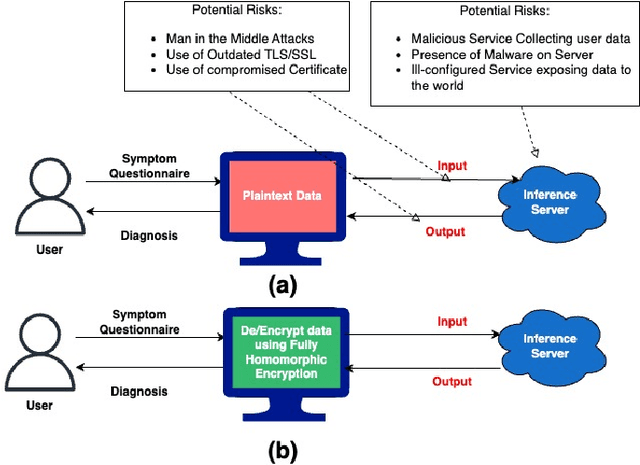
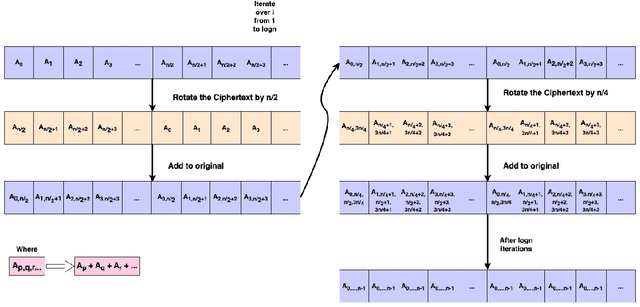
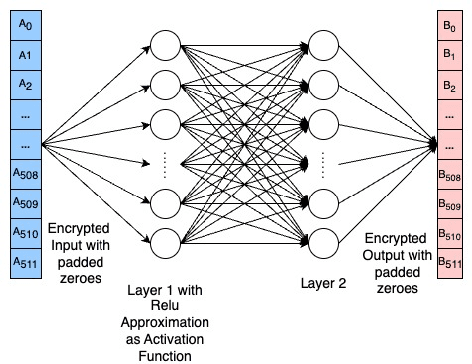
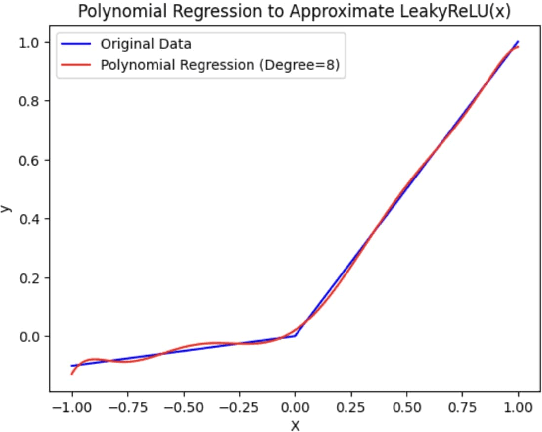
Abstract:With the rapid surge in the prevalence of Large Language Models (LLMs), individuals are increasingly turning to conversational AI for initial insights across various domains, including health-related inquiries such as disease diagnosis. Many users seek potential causes on platforms like ChatGPT or Bard before consulting a medical professional for their ailment. These platforms offer valuable benefits by streamlining the diagnosis process, alleviating the significant workload of healthcare practitioners, and saving users both time and money by avoiding unnecessary doctor visits. However, Despite the convenience of such platforms, sharing personal medical data online poses risks, including the presence of malicious platforms or potential eavesdropping by attackers. To address privacy concerns, we propose a novel framework combining FHE and Deep Learning for a secure and private diagnosis system. Operating on a question-and-answer-based model akin to an interaction with a medical practitioner, this end-to-end secure system employs Fully Homomorphic Encryption (FHE) to handle encrypted input data. Given FHE's computational constraints, we adapt deep neural networks and activation functions to the encryted domain. Further, we also propose a faster algorithm to compute summation of ciphertext elements. Through rigorous experiments, we demonstrate the efficacy of our approach. The proposed framework achieves strict security and privacy with minimal loss in performance.
Choose Your Neuron: Incorporating Domain Knowledge through Neuron-Importance
Aug 08, 2018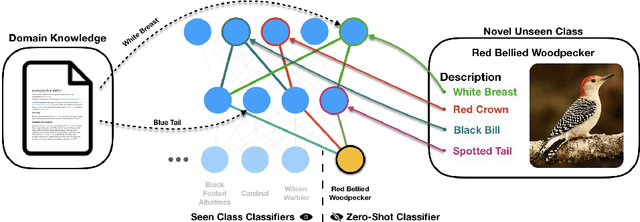
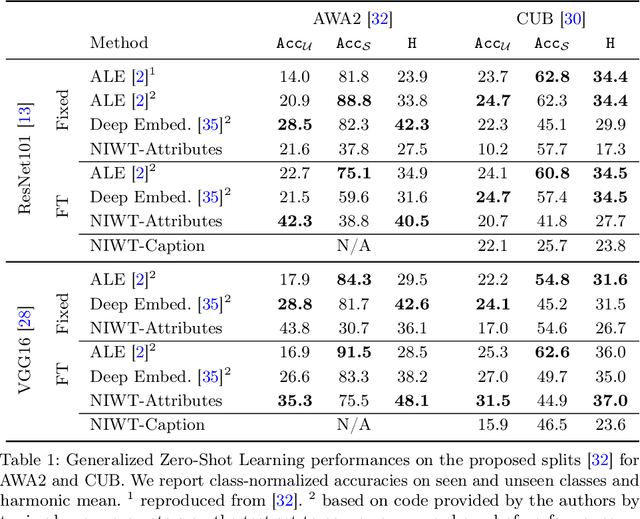

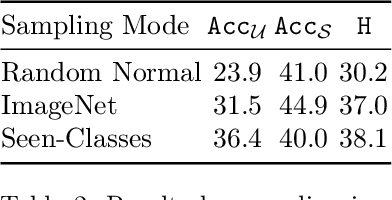
Abstract:Individual neurons in convolutional neural networks supervised for image-level classification tasks have been shown to implicitly learn semantically meaningful concepts ranging from simple textures and shapes to whole or partial objects - forming a "dictionary" of concepts acquired through the learning process. In this work we introduce a simple, efficient zero-shot learning approach based on this observation. Our approach, which we call Neuron Importance-AwareWeight Transfer (NIWT), learns to map domain knowledge about novel "unseen" classes onto this dictionary of learned concepts and then optimizes for network parameters that can effectively combine these concepts - essentially learning classifiers by discovering and composing learned semantic concepts in deep networks. Our approach shows improvements over previous approaches on the CUBirds and AWA2 generalized zero-shot learning benchmarks. We demonstrate our approach on a diverse set of semantic inputs as external domain knowledge including attributes and natural language captions. Moreover by learning inverse mappings, NIWT can provide visual and textual explanations for the predictions made by the newly learned classifiers and provide neuron names. Our code is available at https://github.com/ramprs/neuron-importance-zsl.
 Add to Chrome
Add to Chrome Add to Firefox
Add to Firefox Add to Edge
Add to Edge